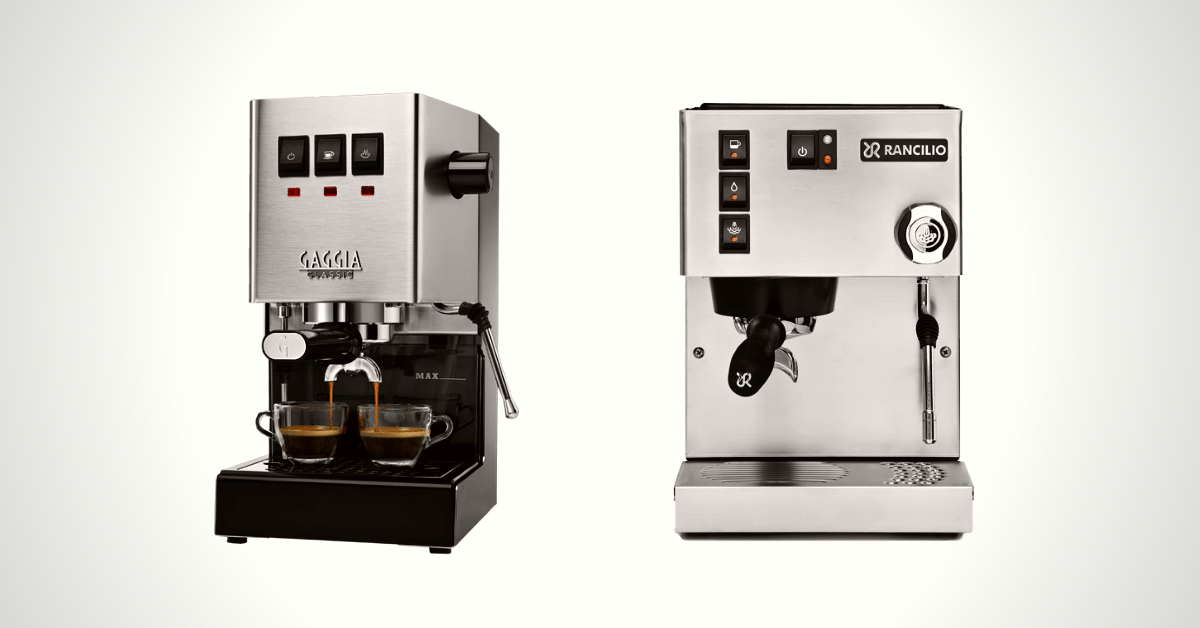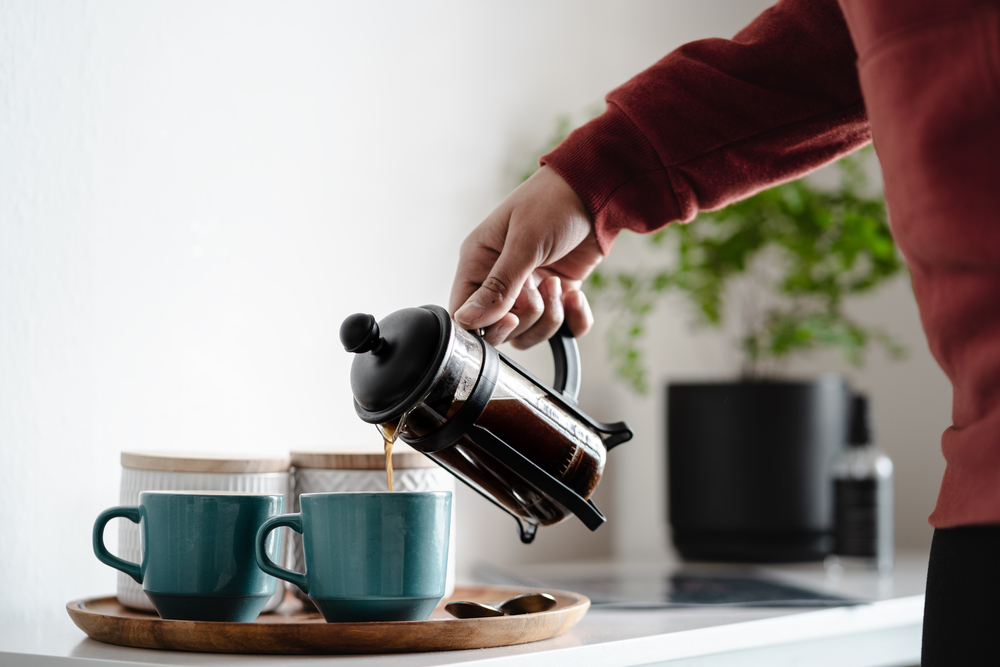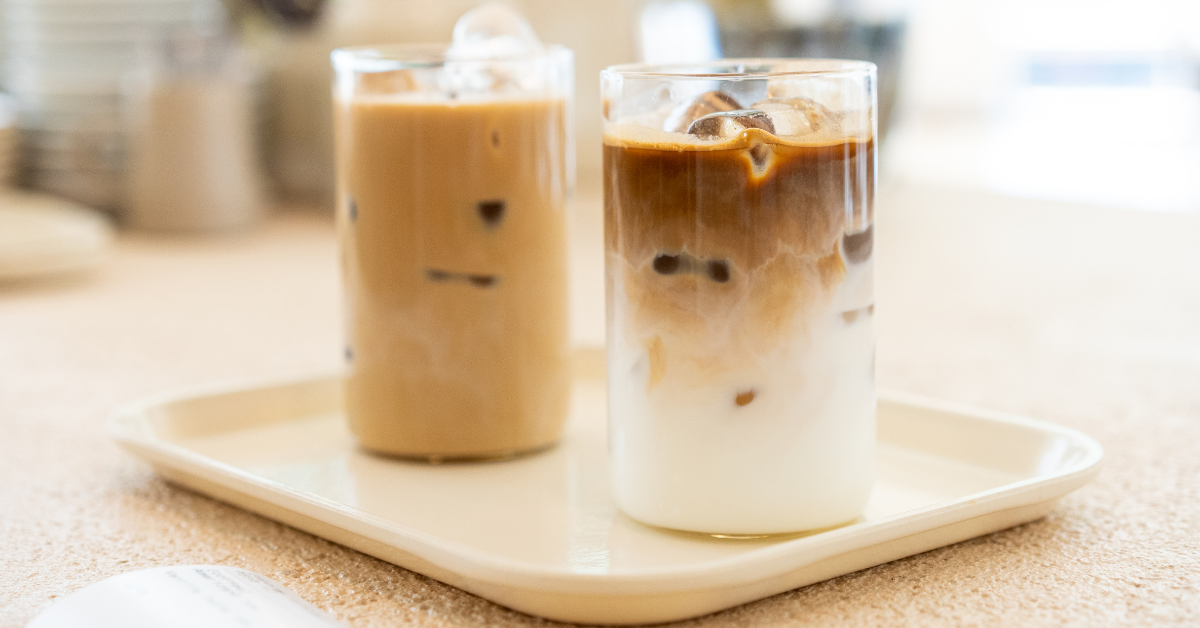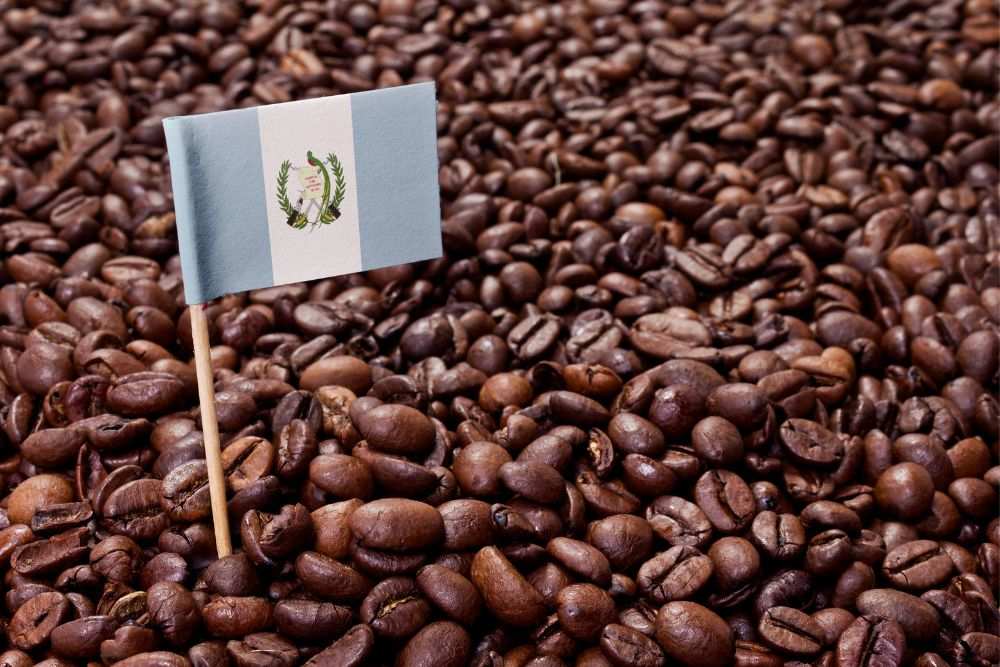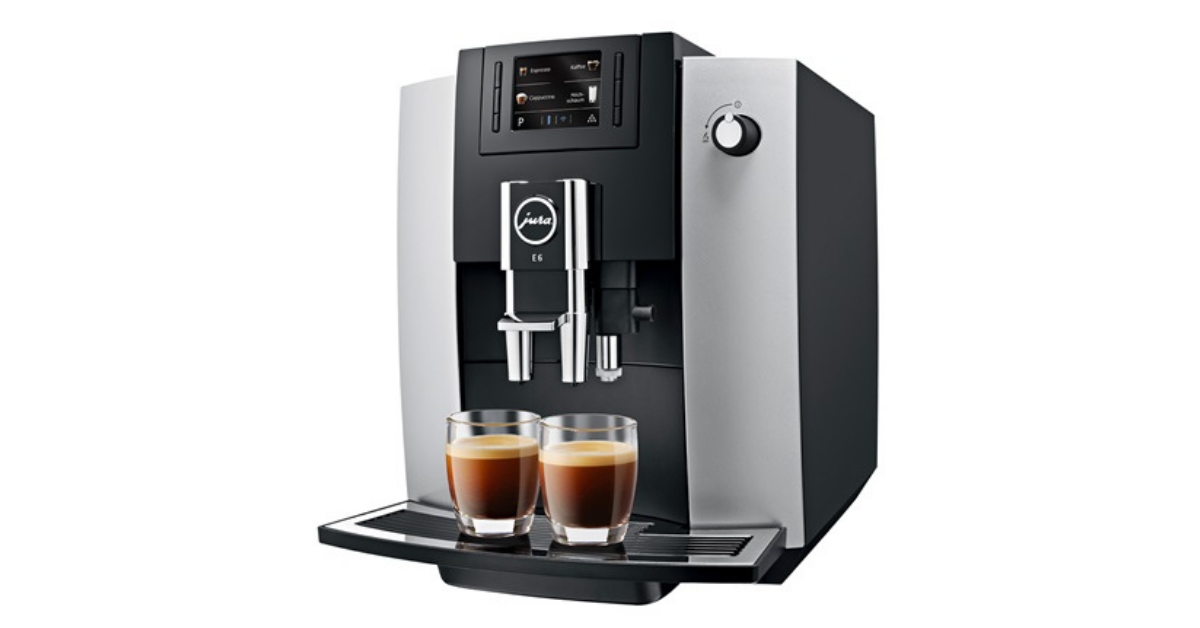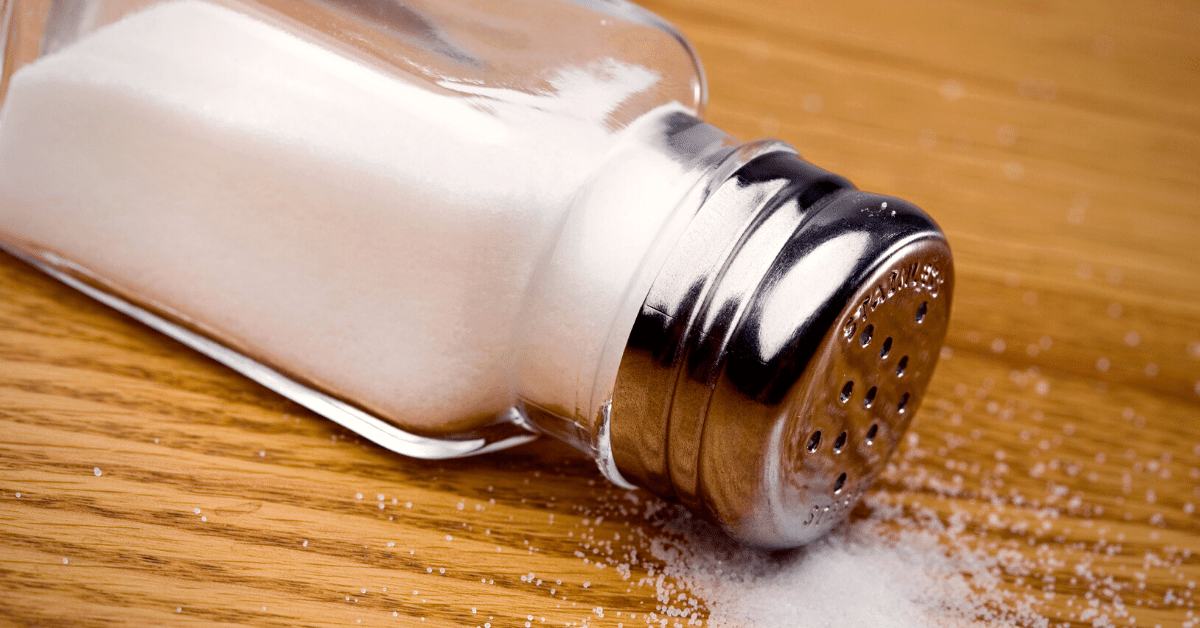The Complete Guide to Low Acid Coffee: Gentle Brews for Every Coffee Lover
As someone who has dealt with coffee-related stomach sensitivity for years, I understand the frustration of loving coffee but struggling with its acidic effects. After extensive research and testing, I have discovered that low acid coffee is not just a marketing gimmick – it is a legitimate solution that allows sensitive coffee drinkers to enjoy their daily brew without discomfort.
This guide covers everything you need to know about low acid coffee: what causes acidity, which brands deliver genuine low acid options, and how to brew coffee that is easier on your stomach.
Understanding Coffee Acidity
Coffee naturally contains various acids including chlorogenic acid, citric acid, and quinic acid. While these contribute to coffee complex flavor profile, they can trigger heartburn, stomach upset, and acid reflux in sensitive individuals.
The acidity level in coffee depends on several factors:
- Bean origin: High-altitude beans tend to be more acidic
- Roast level: Darker roasts break down acids, reducing overall acidity
- Processing method: How beans are processed after harvesting affects acid content
- Brewing method: Extraction time and temperature influence acidity in the final cup
Top Low Acid Coffee Brand Recommendations
Best Overall: Puroast Low Acid Coffee
Puroast uses a proprietary roasting process that reduces acid content by up to 70% compared to regular coffee. After drinking this daily for months, I can confirm it delivers on its promises.
What makes it special: Their wood-fired roasting method naturally reduces acids while preserving flavor. The result is smooth, rich coffee without the harsh bite that triggers stomach issues.
Flavor profile: Rich and full-bodied with chocolate and nutty notes. The low acidity allows the natural sweetness of the beans to shine through without being masked by sharp, acidic flavors.
Best for: Coffee drinkers with acid reflux or sensitive stomachs who do not want to compromise on taste quality.
Budget-Friendly: Folgers Simply Smooth
While not as sophisticated as specialty low acid coffees, Folgers Simply Smooth offers an accessible entry point for those exploring low acid options.
Key benefits: Widely available in grocery stores. Affordable pricing makes it easy to try without major investment. Familiar taste profile for those used to mainstream coffee brands.
Performance: Noticeably gentler on the stomach than regular Folgers. The flavor is mild and smooth, though it lacks the complexity of premium low acid brands.
Best for: Budget-conscious coffee drinkers making their first transition to low acid coffee.
Premium Choice: Lifeboost Low Acid Coffee
Lifeboost combines low acidity with organic, single-origin quality. Their beans are grown at lower altitudes and carefully processed to minimize acid development.
Quality factors: USDA Organic certification ensures no synthetic chemicals. Single-origin beans provide traceability and consistent flavor profiles. Small-batch roasting maintains freshness and quality control.
Taste experience: Clean, bright flavors without harsh acidity. Each origin offers distinct characteristics while maintaining the gentle, low acid profile.
Best for: Health-conscious coffee enthusiasts who want premium quality alongside stomach-friendly properties.
Dark Roast Option: Kicking Horse Coffee Grizzly Claw
While not specifically marketed as low acid, this dark roast naturally reduces acidity through extended roasting. I include it because dark roasts are inherently lower in acid than light roasts.
Characteristics: Bold, robust flavor with minimal acidity. Organic certification and fair trade practices. Canadian roasted with attention to quality and sustainability.
Flavor notes: Rich, smoky character with hints of dark chocolate. The extended roasting process eliminates most acidic compounds while developing deep, complex flavors.
Best for: Coffee drinkers who prefer bold, dark roast flavors and want a naturally low acid option.
Brewing Methods That Reduce Acidity
Beyond choosing low acid beans, your brewing method significantly impacts the final acidity level:
Cold Brew Method
Cold brewing extracts up to 67% less acid than hot brewing methods. The extended steeping time with room temperature water pulls out flavors while leaving many acids behind.
How to make it: Use a 1:4 coffee-to-water ratio. Steep coarse grounds for 12-24 hours. Strain through fine mesh or coffee filter. Dilute concentrate with water or milk as desired.
French Press Optimization
French press can be made more stomach-friendly with proper technique:
- Use slightly cooler water (195°F instead of 205°F)
- Steep for exactly 4 minutes (longer extraction increases acidity)
- Use coarse grounds to prevent over-extraction
pH-Neutral Brewing
Some coffee makers now offer pH balancing features that neutralize acids during brewing. While more expensive, these can be worthwhile investments for severe acid sensitivity.
Natural Ways to Reduce Coffee Acidity
If you want to stick with your current coffee but reduce its acidity, try these methods:
Add a pinch of salt: A tiny amount of salt neutralizes acids and enhances sweetness. Start with just a few granules per cup.
Mix in baking soda: A small pinch (1/8 teaspoon per cup) neutralizes acids effectively. Be careful not to add too much, as it will affect taste.
Choose darker roasts: The longer roasting process naturally breaks down acidic compounds. Look for French or Italian roast levels.
Add milk or cream: Dairy products buffer acids and create a smoother, less aggressive flavor profile.
What About Decaf Options?
Decaffeinated low acid coffee offers double benefits for those sensitive to both caffeine and acidity. The Swiss Water Process used by many premium brands removes caffeine without adding chemicals, while maintaining low acid properties.
Recommended decaf low acid option: Swiss Water Process decaf from Puroast provides the same acid reduction as their regular coffee without the caffeine content.
Reading Coffee Labels for Acidity
When shopping for low acid coffee, look for these indicators:
- Low acid or gentle on packaging
- Dark or French roast designations
- Origin countries known for lower acidity (Brazil, India, Indonesia)
- Processing methods that reduce acids (natural/dry processing)
Avoid terms like bright, crisp, or wine-like, which typically indicate higher acidity levels.
Managing Expectations
Switching to low acid coffee requires some adjustment in expectations. These coffees tend to be:
- Smoother and less bright than high-acid varieties
- More focused on body and richness than complexity
- Gentler on the palate and stomach
- Sometimes perceived as less exciting by those used to acidic coffees
The trade-off is worth it for stomach comfort and the ability to enjoy coffee without negative side effects.
Final Recommendations
For most people dealing with coffee-related stomach issues, I recommend starting with Puroast Low Acid Coffee. It offers the best balance of genuine low acidity, good flavor, and reasonable pricing.
If you are on a tight budget, Folgers Simply Smooth provides an accessible introduction to low acid coffee benefits.
For premium quality seekers, Lifeboost combines low acidity with organic, single-origin excellence.
Remember that individual sensitivity varies. What works for me might not work perfectly for you, so consider trying small quantities of different brands to find your ideal match.
Bottom Line: Low acid coffee allows sensitive coffee drinkers to enjoy their daily ritual without discomfort. With proper bean selection and brewing techniques, you can have both stomach comfort and delicious coffee.



